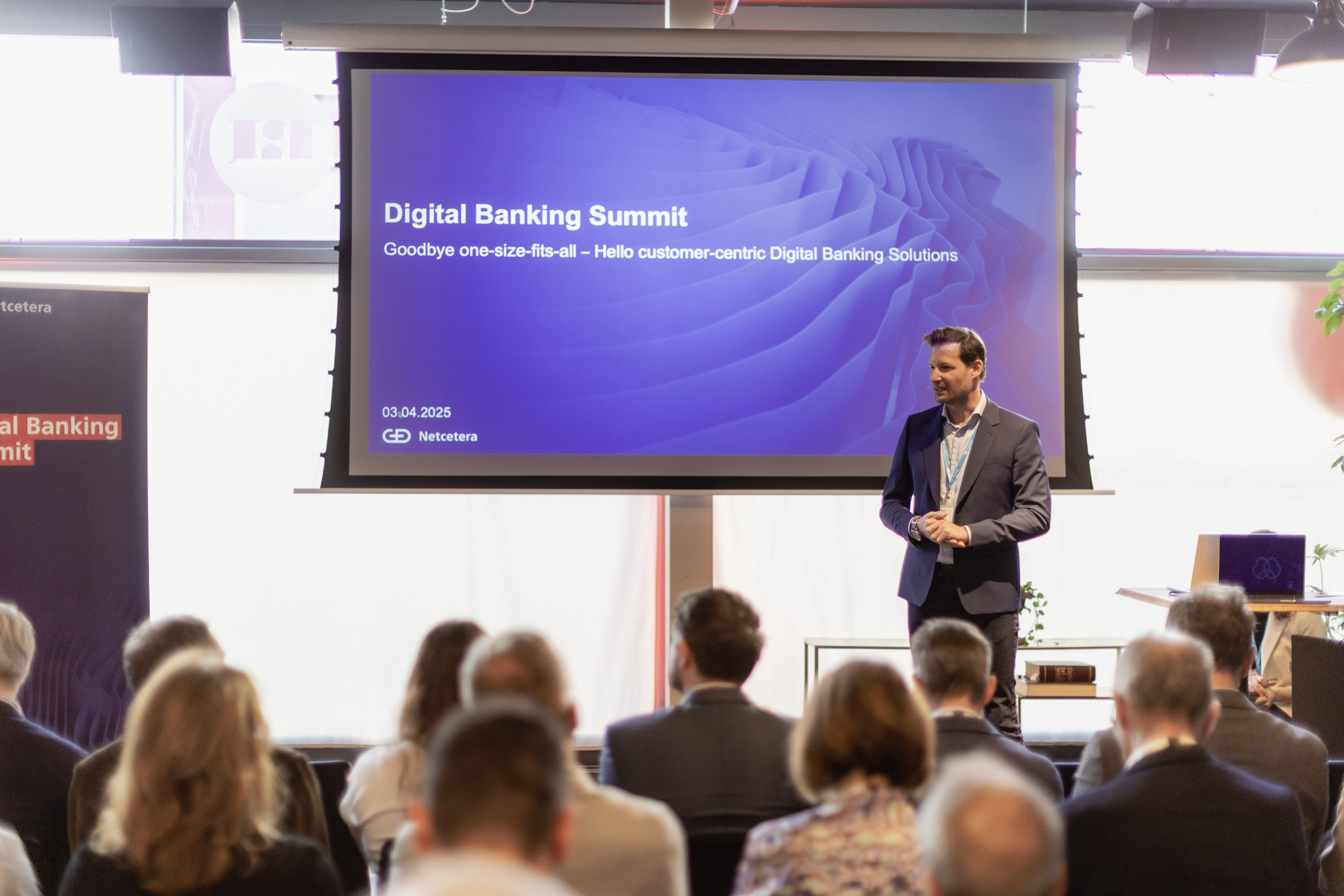Banking technology is evolving very quickly. Digital innovation may have started with internet banking and mobile apps, but it’s now expanded to include smart digital banking assistants, omnichannel banking experiences and AI that can predict customer needs before they even arise. Yet having better or smarter technology than your competitors doesn’t alone guarantee success.
As Steve Jobs said, “You've got to start with the customer experience and work backwards to the technology.” This simple idea still holds true today - whatever technology trends are currently on the radar, the key point remains that without great UX or CX, any technology is essentially doomed. So while banks have access to more technology than ever, the important question to ask is: how will it make life better for customers?
In this article, we’ll explore this question for card issuers in Europe. We’ll look at how to make customer experience your main competitive edge, how to keep the human touch in an AI world and how to roll out ‘invisible’ digital banking features.

